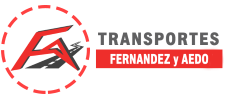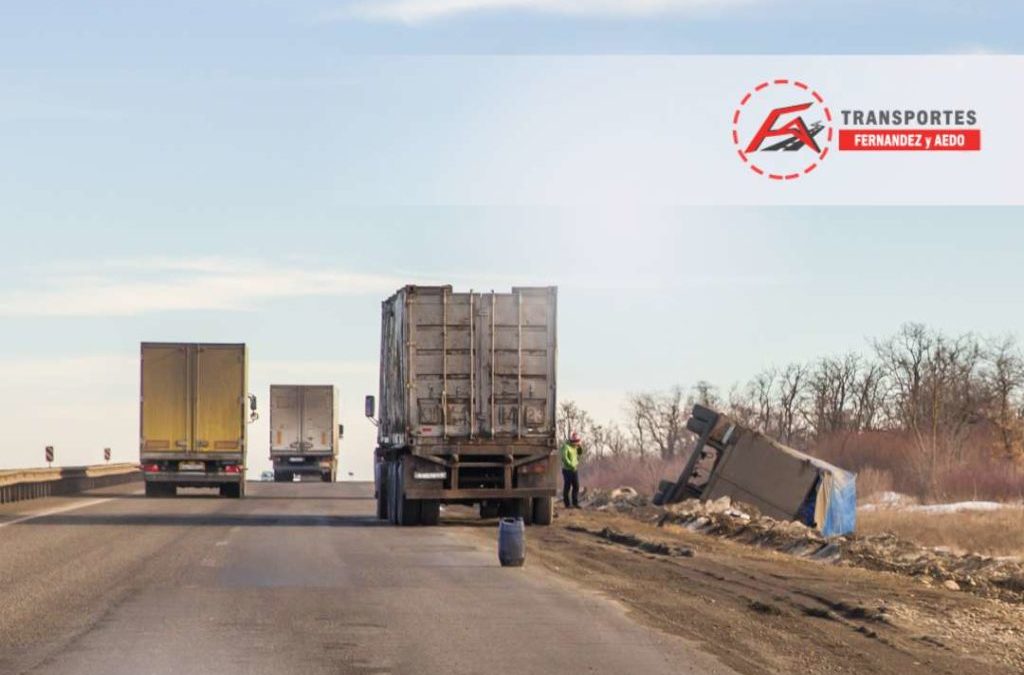Despite the fact that in recent years there has been a decrease in the number of accidents that have ended the life of the driver, it is indicated that they still make up 15% of the total number of deaths caused by traffic accidents in the European Union.
That is why it is not only necessary to know what caused the accident, but also to find out how and why, in this way and together with the incorporation of new safety devices, it will be possible to reduce the percentage even further.
The most common accidents are:
Leaving the road lane:
When the vehicle loses control and leaves its lane or the road, which can lead to a rollover or a collision with an object. The causes of this type of accident may be inattention or fatigue on the part of the driver, who may make sudden manoeuvres to avoid obstacles.
Collision with another truck:
Caused by various factors such as driver inattention or keeping an insufficient distance from the vehicle in front. Other elements that can contribute to this type of accident are reduced visibility and unfavourable road conditions, such as slippery surfaces.
Crashing into a car approaching from the opposite direction:
Constitutes one of the main types of accidents resulting in the death of people in the vehicle. This can be caused by speeding, driver distraction or incorrect overtaking manoeuvres. In most cases, the car encroaches into the truck’s lane.
Hitting the side of a car while turning at an intersection:
Occurs when a truck hits the side of a car while making a turn at an intersection. Inattention on the part of one of the drivers in failing to yield is the main cause. Other contributing factors include limited visibility or excessive speed of the car or truck.
Hitting a pedestrian or cyclist:
Occurs when a pedestrian or cyclist crosses the road in front of a truck. The causes can be varied, such as limited visibility, inattention of the driver or pedestrian, incorrect calculation of speed or distance.
Colliding with a cyclist by changing lanes:
Often occurs at intersections when the truck turns into the right lane and the cyclist continues straight ahead. Lack of visibility from the cab and lack of communication between the cyclist and the truck driver can lead to miscalculation of the situation, which can result in a collision.
-Tips:
Take frequent breaks: Taking regular rest stops can help reduce fatigue and help recover from the stress associated with riding.
Respect speed limits: Despite experience and confidence in driving, it is important to follow the rules of the road and respect speed limits to ensure the safety of both the driver and other road users.
Check the load: Before setting off on a journey, it is essential to check that the load is properly secured, that the weight is appropriate and that it complies with all applicable regulations.
Comply with traffic regulations: This means not using a mobile phone while driving, not overtaking in prohibited places, not exceeding speed limits and respecting all other applicable traffic regulations to ensure safety on the road.
Which technologies are capable of reducing or avoiding an accident?
-Lane Departure Warning:
A warning signal indicates to the driver that the truck is about to leave the lane by vibrating the steering wheel. On newer vehicles with electric steering assist, electronics can take control of the steering wheel to bring the truck back into its lane.
-Forward collision warning by emergency braking:
A mechanism that automatically brakes the truck if the driver fails to respond to a potential collision.
-Side collision avoidance assistant:
A radar detects the presence of vulnerable road users when the truck changes lanes or turns, alerting the driver if an obstacle is detected. On some vehicles, the system can even intervene in the steering to keep the truck in its lane.
– Adaptive cruise control:
A system that adjusts the programmed speed of the truck to match the speed of the vehicle in front.
If you would like more information about dangerous goods transport or any of our services, please do not hesitate to contact us.

